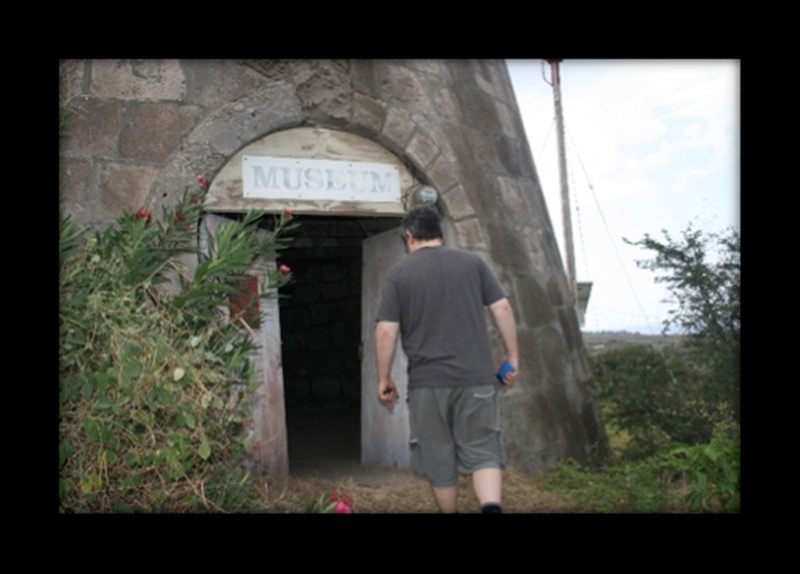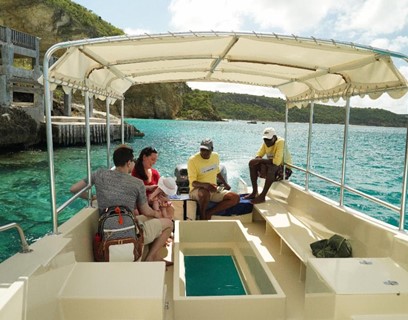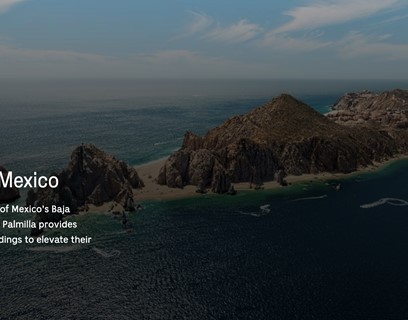
It is not the same, reading and writing about a place, and visiting it in real life with all the visceral qualities that accompany that relocation. The dislocation, the heat, the air, the smells, the sounds – direct and indirect: the white noise of the cicadas between the boom-boom of the sounds system; the cocooning of the cockpit when flying amongst the cumulonimbus clouds, comforting but alarming at the same time; the tingling-stinging blistering and peeling of a patch of un-protected skin found out by the sun; that errant unbelonging feel from some grit working its way from the toe to the heel in the sandal, resulting in an unwanted volcanic jig. Returning to Montserrat after another ten years, the island has moved on, more so than its visitor.
St Patrick’s Day celebrations and commemorations are an interesting heady mix. I’ve been co-editing a book about their consumption around the world from Tokyo to New York, Montserrat to London, and between Dublin with its paddywhakery and Belfast with its sectarianism of course (Skinner and Bryan 2015). It is still ‘coming soon’, though I’d hoped to have brought it with me to Montserrat for the library when I visited this pre-Lenten Patrick-time. It builds in part upon my graduate work in the 1990s on the island where I saw a disjunct between a St Patrick’s Day being commemorated as a failed slave uprising that honours the ringleaders and St Patrick’s Day as a global celebration of ‘everyone Irish for the day’ (Skinner 2003, 2006). Is everyone Irish for the day is an interesting question, particularly in places where there are more long-term claims to and assertions of an Irish identity – Black Irish as branded by John Messenger (1965, 1973, 1975, 1994). Coming out of a state of emergency, cut adrift by an extreme new environment that changes the very grounds we are used to, Kathleen Gough (2012: 102, 109) argues that a ‘new repertoire’ of identity is being performed on Montserrat, the ‘black and green’ of her Atlantic resonating with an Afro-Irish legacy and a green new ecology. This is a part of the rebuilding process – a part or a role that all on the island play.
Am I acting the academic on Montserrat? Is the local chorus prompting me with the line “tourist!” during my brief stay? Certainly I did all the touristy things – a pub crawl, a slow breakfast, a street lime, a beach visit, some souvenir hunting, and a church service to atone. But I was also watching, writing, interviewing (and being interviewed). I tried to get to all of the events, but there was just so much going on! There were launches, lunches and a lecture, dinners and honours for heroes and heroines, calypsos, eco-hikes and lessons in healing and good-living from guides as well as returning Montserratians. I made my pilgrimage return to the former Museum up on Richmond Hill as I do each time I return – my own marker for change, my own and that about me. Each time, the area seems to get a bit clearer but my memories of biking up the hill or along the Runway get just a little bit dimmer. The contrast, this time was more evident between the life resolved in the north, and the life and lives lost in the south. The one variegated, noisy and lively, the other a noneffervescent monotone of sorts with angular ruins, rocks and ash: the Green and the Gritty is how the island is being repackaged by the Tourist Board, or should that be ‘re-staged’? If only there were 52 St Patrick’s weeks in which to sample Montserrat’s expanding repertoire.
References
Gough, K. (2012) ‘Natural disaster, cultural memory: Montserrat adrift in the black and green Atlantic’ in, W. Arons and T. May (eds) Readings in Performance and Ecology, Palgrave Macmillan: New York, NY, pp.101-112.
Messenger, J. (1965) ‘Excerpts from John Messenger’s essay on “The Irish of Montserrat” 1965’, unpublished copy, no other references available.
Messenger, J. (1973) ‘African Retentions in Montserrat’, African Arts, Volume 6, Number 4, pp.54-57.
Messenger, J. (1975) ‘Montserrat: The Most Distinctively Irish Settlement in the New World’, Ethnicity, Volume 2, pp.281-303.
Messenger, J. (1994) ‘St. Patrick’s Day in “The Other Emerald Isle”’, Eire - Ireland, Earrach - Spring 1994, pp.12-23.
Skinner, J. (2004) Before the Volcano: Reverberations of Identity on Montserrat, Kingston, Jamaica: Arawak Publications.
Skinner, J. (2006) ‘Modernist anthropology, ethnic tourism and national identity: the contest for the commoditization and consumption of St. Patrick’s Day, Montserrat’ in, K. Meethan, A. Anderson & S. Miles (eds) Anthropology and the production and consumption of tourism, London: CAB International, pp.253-271.
Skinner, J. and D. Theodossopoulos (2011) ‘Introduction: the play of expectation in tourism’, in J. Skinner and D. Theodossopoulos (eds) Great Expectations: Imagination, Anticipation, and Enchantment in Tourism, Oxford: Berghahn Books, pp.1-26.
Skinner, J. and D. Bryan (2015) Consuming St Patrick’s Day. Cambridge: Cambridge Scholars Publishing, in press.


